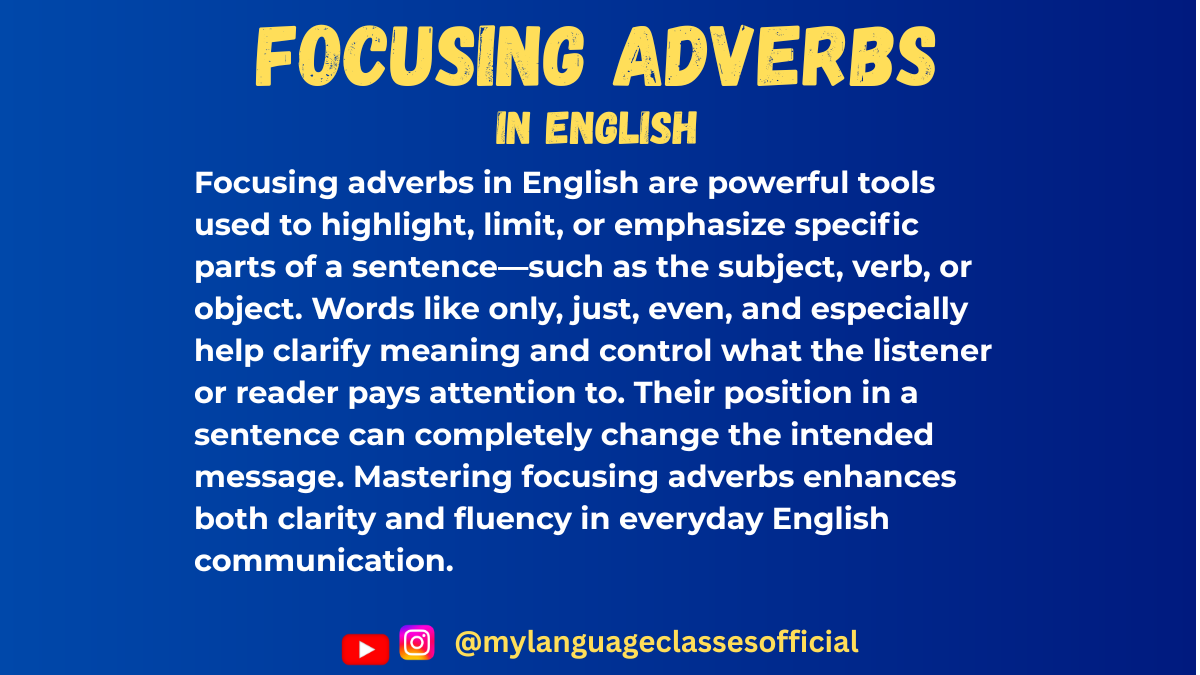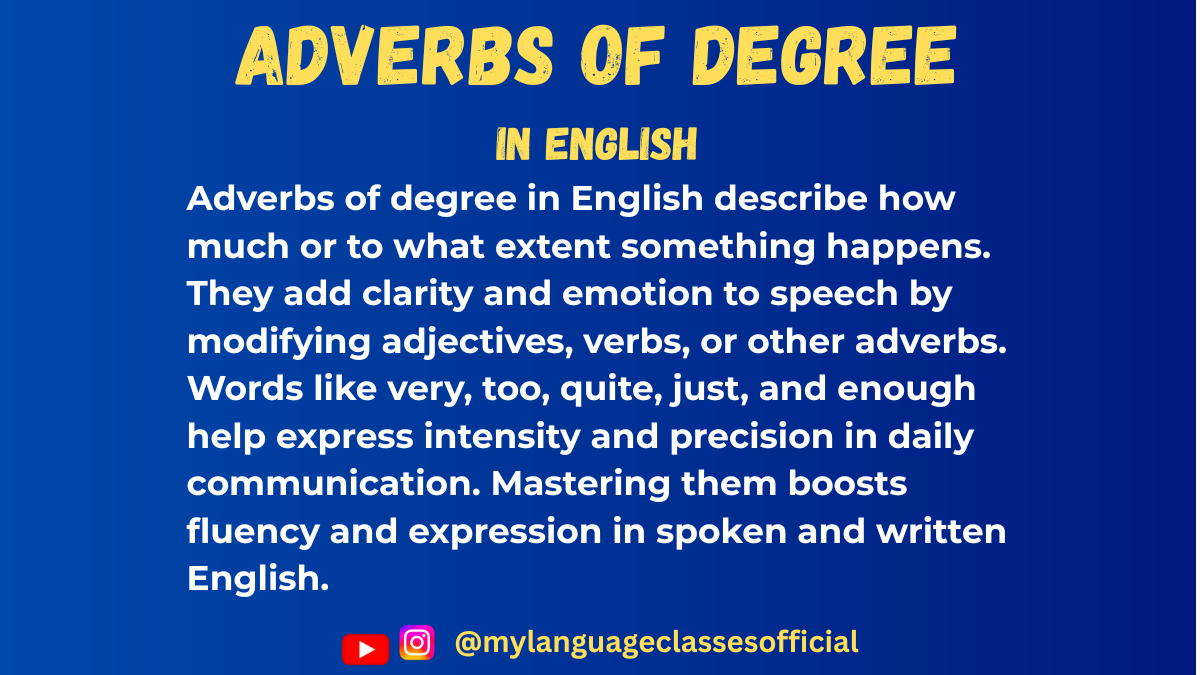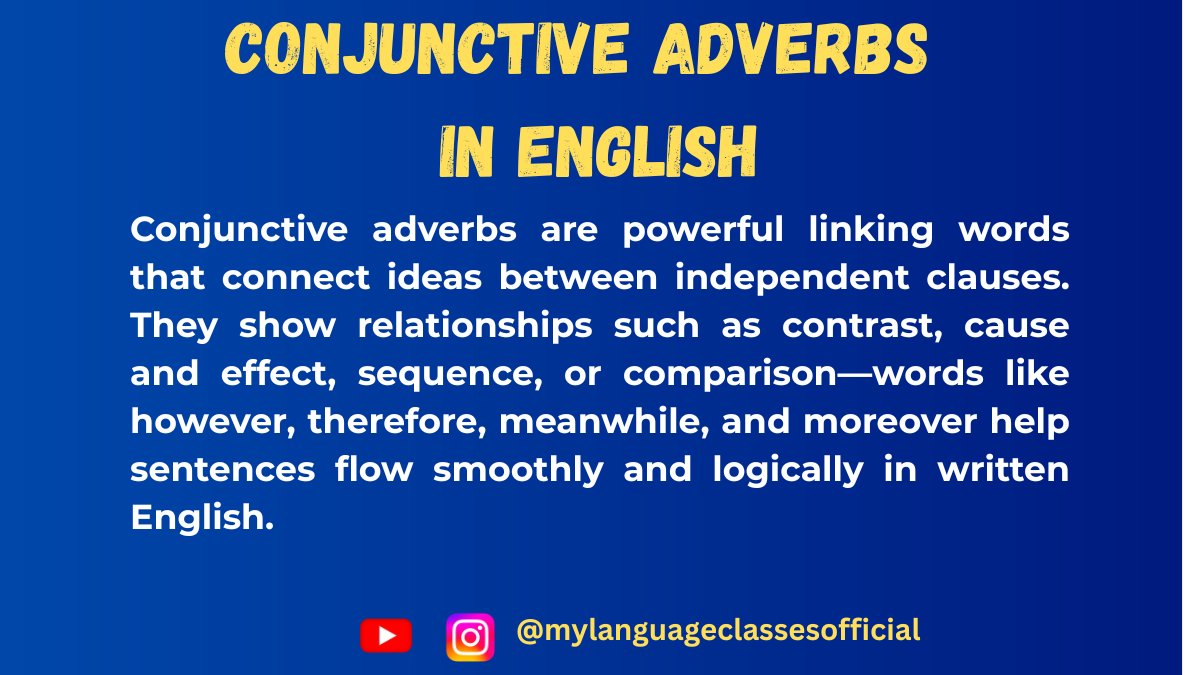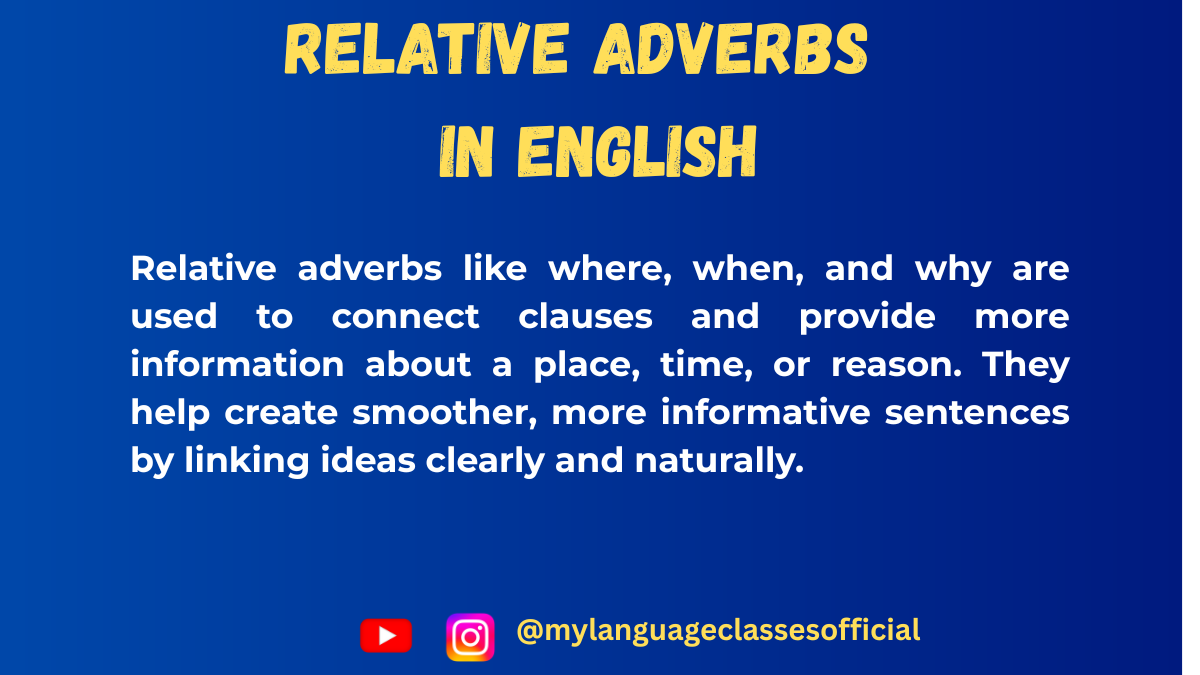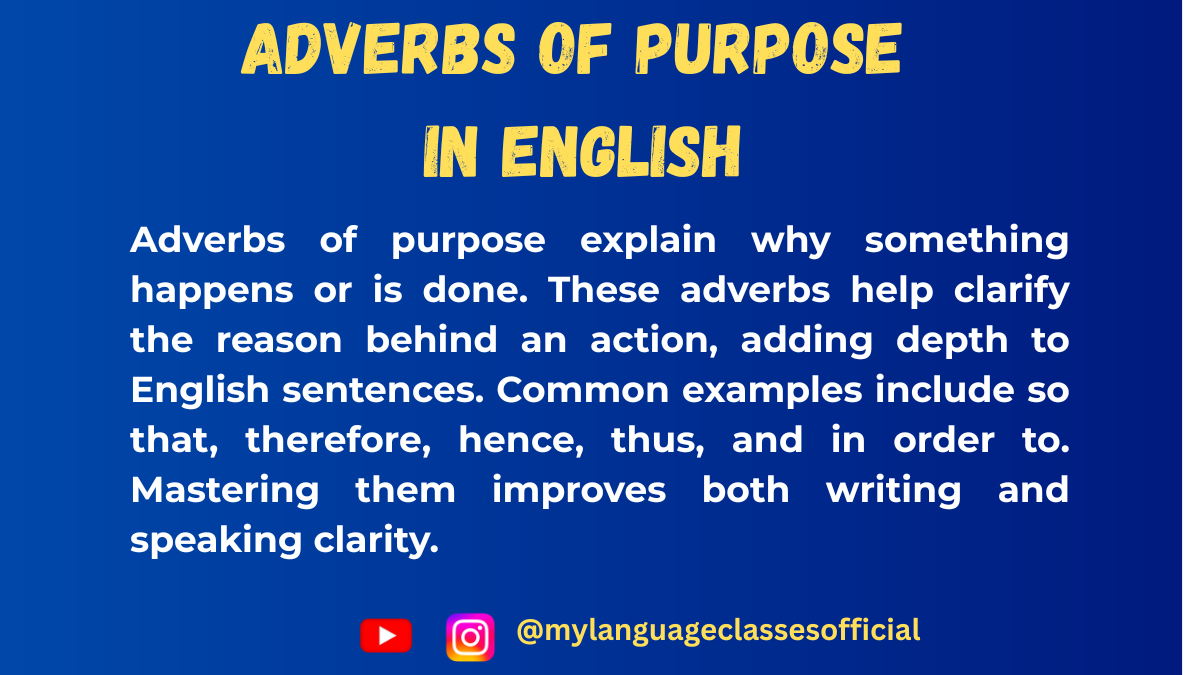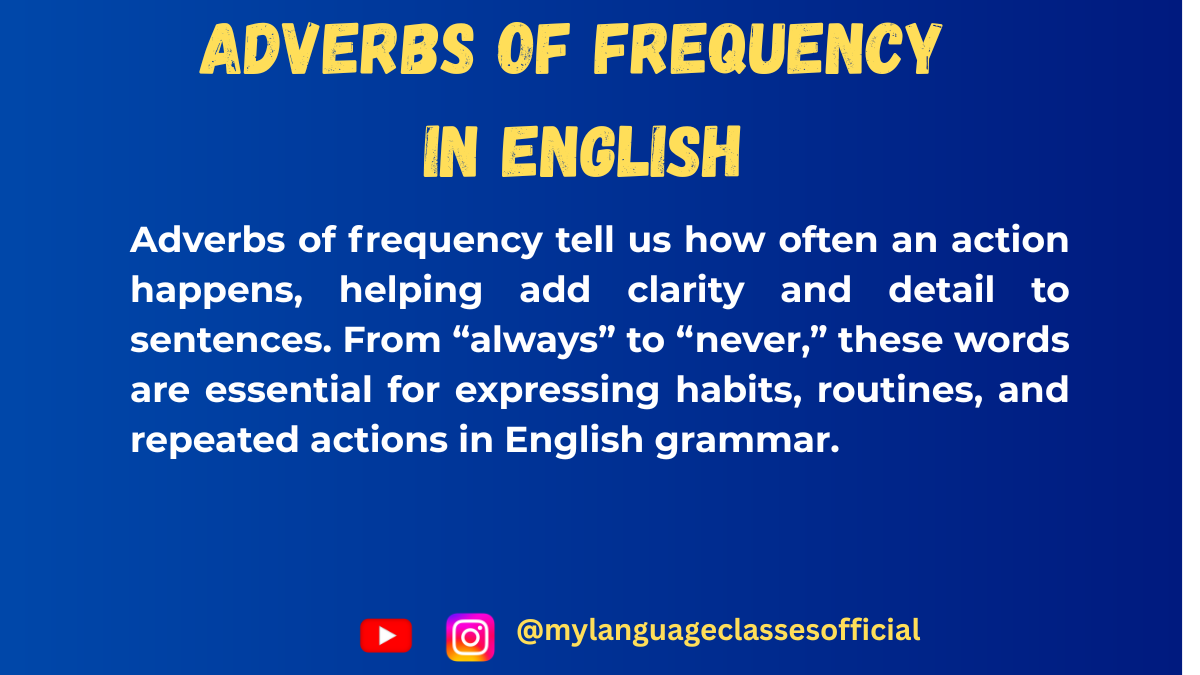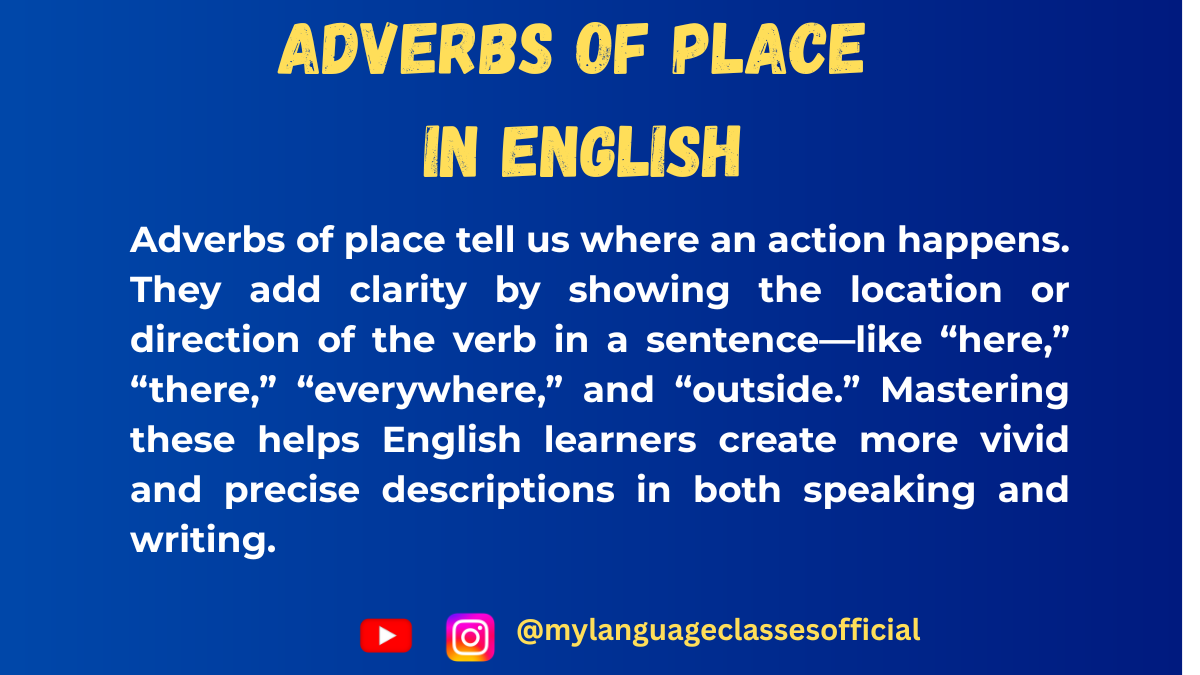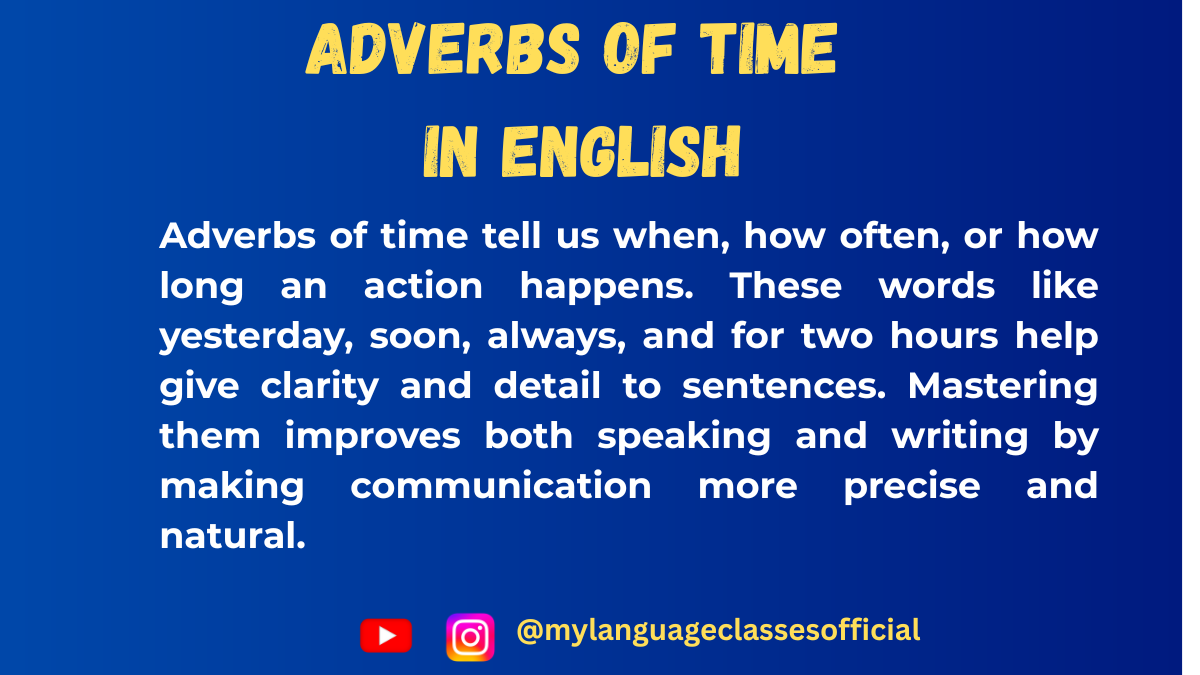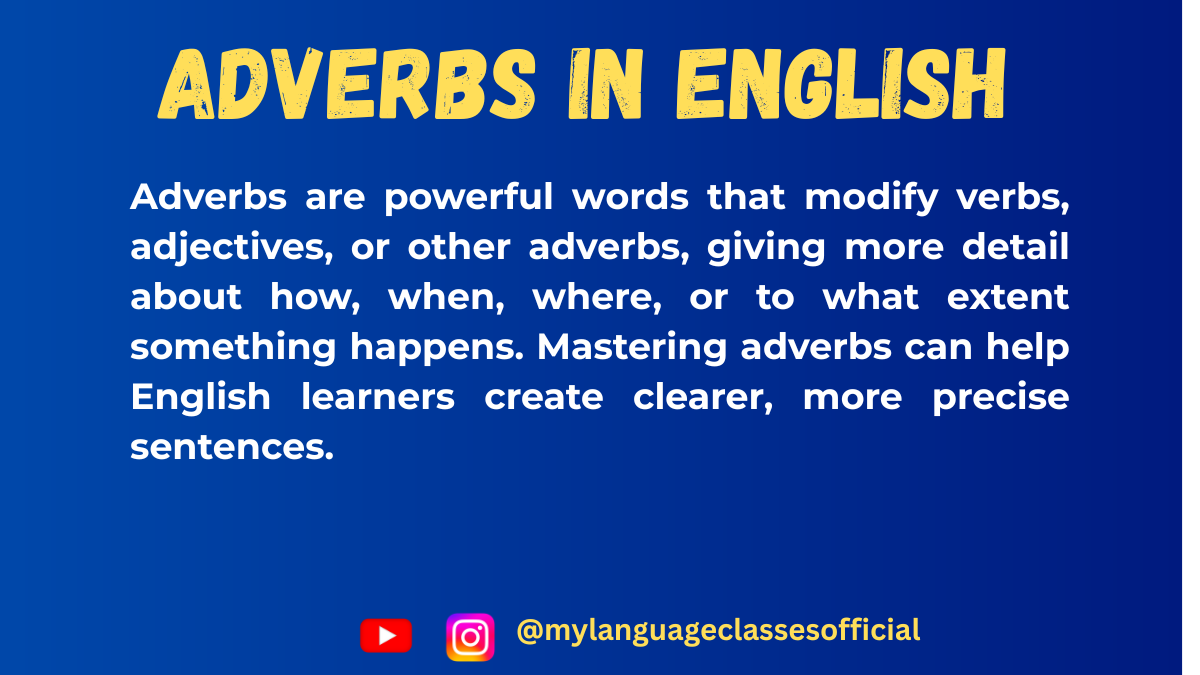Your cart is currently empty!
Category: Adverbs in English
Mastering Adverbs in English is a key step to making your sentences more detailed and accurate. Adverbs describe verbs, adjectives, or even other adverbs. For example: She sings beautifully, He runs quickly, They almost always agree. With adverbs, you can explain how, when, where, or how often something happens.
How Adverbs in English Work
Most adverbs are formed by adding -ly to adjectives, such as quick → quickly or happy → happily. However, there are many common adverbs that don’t follow this pattern, like very, never, here, and now. Lessons in this category explain each type step by step. You will see how adverbs of manner, time, place, and frequency are used in real sentences. Every lesson includes examples and exercises to help you practice and check your understanding.
Why Adverbs in English Are Important
Without adverbs, sentences often sound incomplete or unclear. Practicing Adverbs in English helps you describe actions and situations with more precision. For instance, there’s a difference between He speaks loudly and He speaks clearly. Learning how to use them correctly will improve both your writing and your speaking. With examples and activities, you’ll build accuracy and fluency.
Scroll down now to explore lessons with rules, examples, and exercises that will make adverbs easy to learn and apply.

Focusing Adverbs in English: Grammar Rules, Usage & Examples
Mastering Focusing Adverbs in English: Rules, Examples & Exercises | My Language Classes
“What are focusing adverbs in English?”
“How do I use words like ‘only,’ ‘even,’ and ‘just’ correctly in sentences?”
If you’ve ever asked yourself these questions while … Read more
Adverbs of Degree in English: Grammar Rules, Usage & Examples
Adverbs of Degree: Meaning, Rules, Examples & Exercises
Do you sometimes feel confused about how much or how little to express something in English? Words like “very,” “too,” “quite,” “almost,” and “enough” are small but powerful. These are called adverbs … Read more

Conjunctive Adverbs in English: Grammar Rules, Usage & Examples
Conjunctive Adverbs in English: The Ultimate Expert Guide to Writing Mastery
If you want to elevate your writing from good to legendary, mastering conjunctive adverbs is a non-negotiable skill. These tiny powerhouses can transform choppy sentences into flowing, … Read more

Relative Adverbs in English: Grammar Rules, Usage & Examples
Mastering Relative Adverbs in English: A Comprehensive Guide
Relative adverbs are essential components of the English language, helping to connect clauses and provide clarity in both written and spoken communication. In this detailed blog post, we will explore the role … Read more

Interrogative Adverbs in English: Grammar Rules, Usage & Examples
Interrogative Adverbs in English
Interrogative adverbs are an essential part of English grammar. They are used to ask questions about time, place, reason, and manner. These adverbs help form meaningful and grammatically correct wh-questions in English.
In this blog, … Read more

Adverbs of Purpose in English: Grammar Rules, Usage & Examples
Adverbs of Purpose in the English Language: A Complete Guide
In English grammar, adverbs of purpose play a crucial role in expressing the reason or purpose behind an action. They help us answer the question “Why?” by providing clarity and … Read more

Adverbs of Frequency in English: Grammar Rules, Usage & Examples
Adverbs of Frequency in English: Usage, Rules, and Examples
Adverbs of frequency are an essential part of English grammar, helping us express how often an action occurs. They answer the question “How often?” and provide clarity in both spoken and … Read more

Adverbs of Place in English: Grammar Rules, Usage & Examples
Adverbs of Place in English
Adverbs of Place are essential components of English grammar. They describe where an action happens and provide more clarity in sentences. Understanding these adverbs can significantly improve communication skills. In this comprehensive guide, we will … Read more

Adverbs of Time in English: Grammar Rules, Usage & Examples
Adverbs of Time in English
Adverbs of time are an essential part of English grammar, as they help describe when an action takes place. They provide clarity to sentences by indicating past, present, or future time and are commonly used … Read more

Adverbs of Manner in English: Grammar Rules, Usage & Examples
Adverbs of Manner in English
Adverbs of manner are an essential part of English grammar, helping to describe how an action is performed. Whether you’re a native speaker or learning English as a second language, understanding adverbs of manner can … Read more

Adverbs and Their Types in English: Grammar Rules, Usage & Examples
Adverbs and Their Types in English
Adverbs are one of the most versatile parts of speech in the English language. They add depth, clarity, and precision to sentences by modifying verbs, adjectives, other adverbs, or even entire sentences. Whether you’re … Read more

